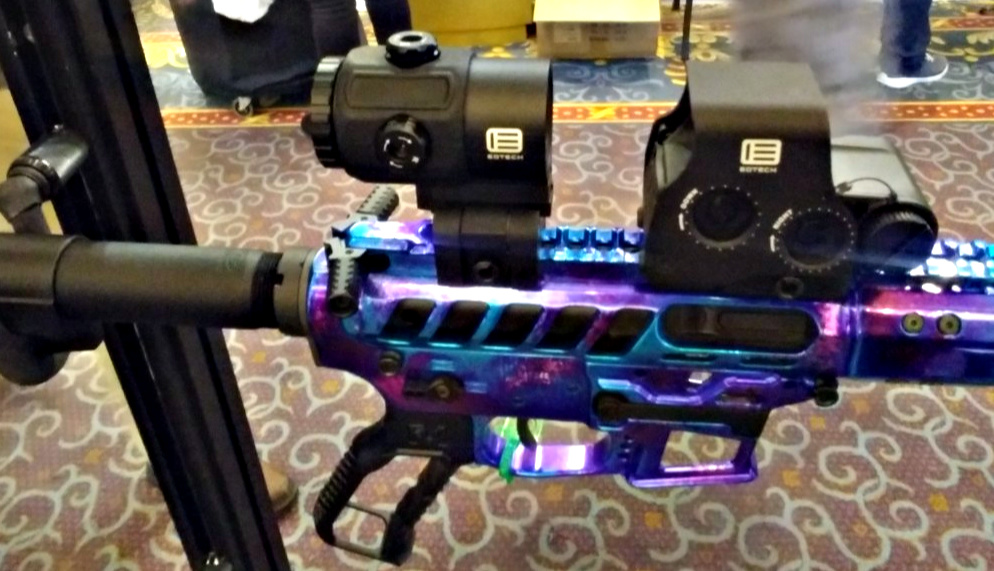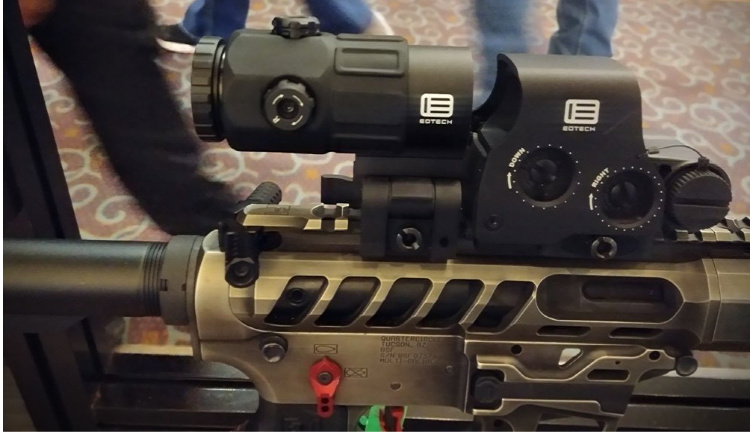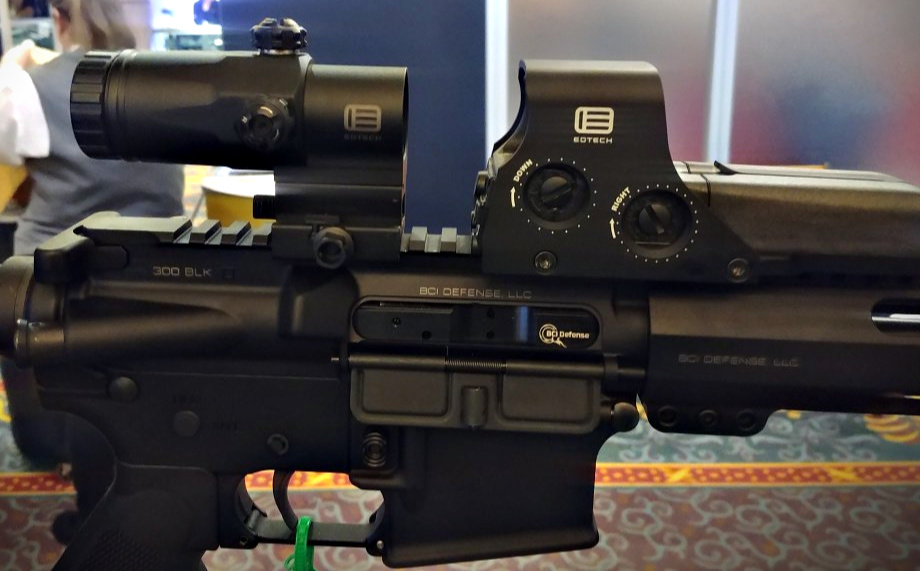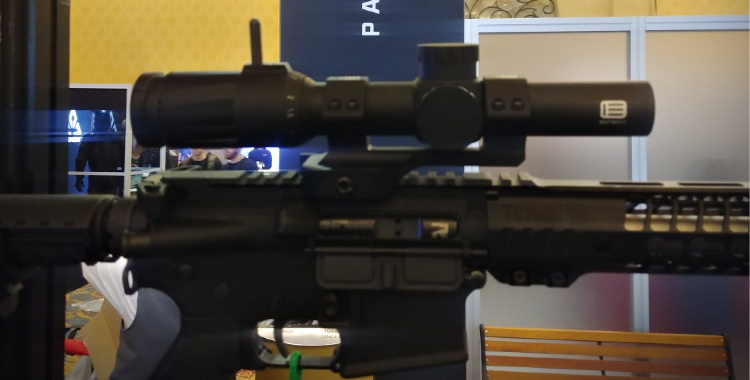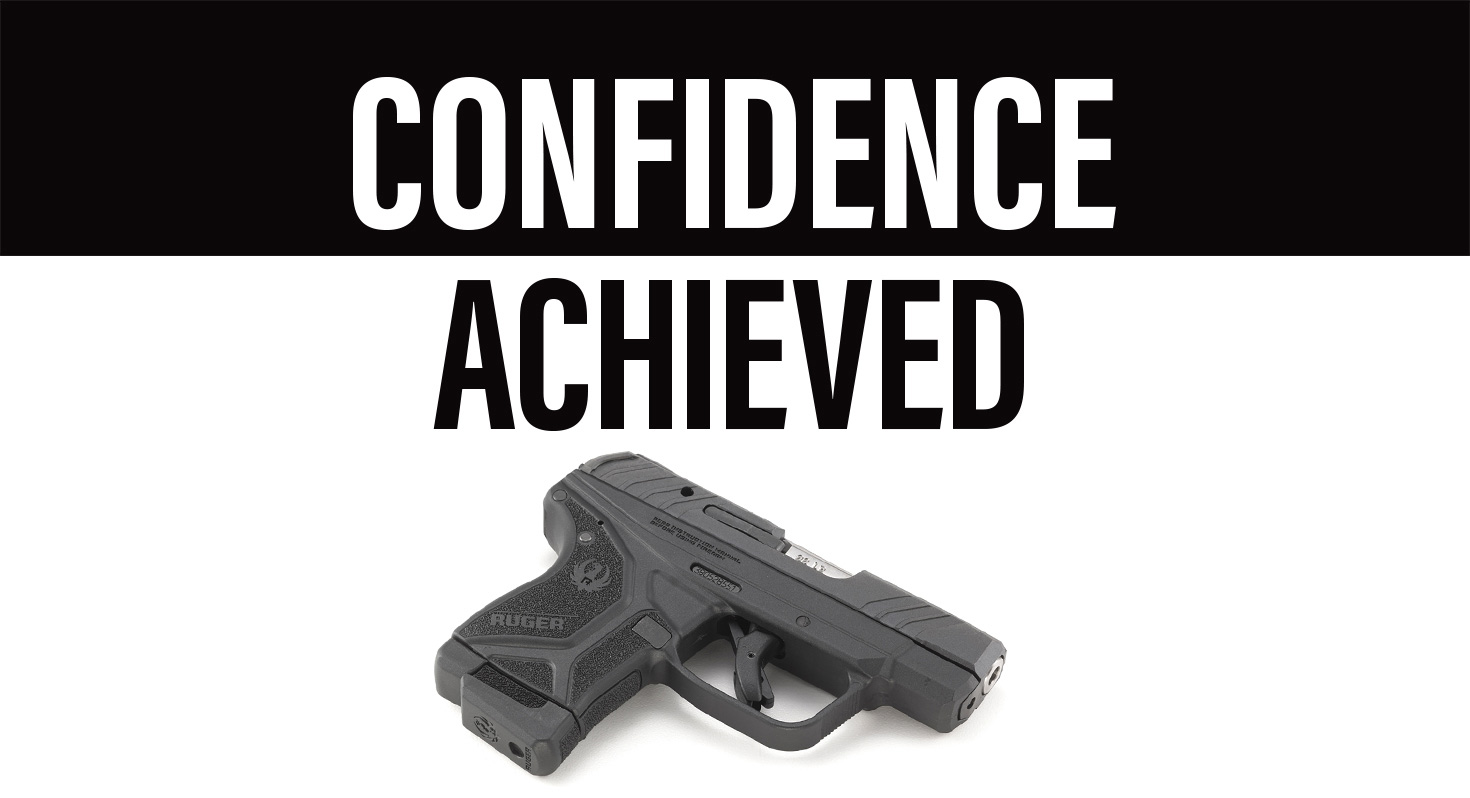I can’t remember if I posted this drill too.
Federal Air Marshal Qualification: Test Your CCW Skills
Armed citizens with concealed-carry permits who want to evaluate or increase their skill levels often focus on one of the various law-enforcement-qualification courses as a guide. All can be valid skill checks as far as shooting goes, but one drawback for civilians is that many such courses involve the use of an exposed duty holster and include targets at ranges out to 25 yards (or more), neither of which is something the overwhelming majority of self-defense scenarios for us regular folks will entail.
One notable exception is the Tactical Pistol Course (TPC). Commonly called the “old Air Marshal (FAM) course,” it was created for Federal Air Marshals in 1992. In cooperation with the Office of Civilian Airline Security, it was developed by a private instructor in the Fort Bragg, NC, area who routinely taught skills to certain units based at that facility. It eventually became the qualification course for all Federal Air Marshals. Those who passed it received their flying orders. Those who failed went back for more training. It was not an easy course. In fact, when senior officers from the Joint Special Operations Command attended and reviewed the course in 1998, their opinion was that those passing the TPC were among the top one-percent of pistol shooters in the world.
The TPC qualification course demands speed, accuracy and advanced gun-handling at close range. That’s obviously an important skill for an Air Marshal, who may have to engage an armed terrorist in the crowded confines of an aircraft cabin or a bustling airport-passenger terminal. Speed is critical, and errant rounds could be catastrophic. It also must be accomplished from concealment, since Air Marshals wear civilian clothing to blend in with passengers.
The situations confronting Air Marshals are actually quite similar to those an armed citizen might experience in an assault (or active shooter situation) in a crowded mall, restaurant, theater or other public venue. Speed can be critical, and errant rounds are ultimately the responsibility of the concealed carrier firing them. That makes the “old TPC Air Marshal qualification course” an excellent training regimen for civilian carriers.
The course consists of seven individual stages, which have to be shot “cold”—no warm up shots before the course—just like in a real-world defensive scenario. Each stage stresses an important close-range, defensive-handgun skill set, and each can be practiced individually. The course is geared toward semi-automatic handguns carried by Air Marshals, but five of the seven stages are equally applicable to five- or six-shot, compact revolvers. All stages are fired at 7 yards, and the full course requires only 30 rounds. The target used is listed as the FBI-QIT-97, which is a bottle-shaped silhouette with an inner-scoring zone. Five of the seven stages use a single target, while one stage uses two and one uses three.
The targets are scored as follows: Hits in the inner bottle count five points. Hits outside the inner bottle, but within the outer bottle count two points. A target miss is zero points. The maximum score is 150 (30 rounds in the inner bottle), and a passing score is 135×150. If the FBI-QIT-97 target is not available, the standard silhouette target used by the United States Practical Shooting Association (USPSA) and available at many gun clubs could be used. The scoring will not be the same, but any shooter who only lets a half-dozen rounds wander into the C-Zone can consider themselves close enough.
(l.) Unlike other qualification courses, the TPC course is shot at 7 yards, which might seem rather close at first, but speed and adrenaline ramp up the difficulty factor quite a bit. (r.) Since shooting quickly is of such vital importance for qualifying in this course, having a shot timer and a partner to run it are critical to properly evaluate your success (or to document areas to be improved upon).
At 7 yards this is not a difficult accuracy level to achieve, and even casual shooters could make it, given enough time. But, the TPC course doesn’t allow that luxury. Each of the seven stages has a par time requirement, and regardless of the target score, if the par time is not made, the applicant fails. That immediate pass/fail aspect adds a severe level of stress, adding to the usefulness of the course for self-defense training.These par times are not generous. They require a focused and competent effort on the shooter’s part. Bobbles, indecision and poor skills won’t create a positive outcome. Such requirements are about as “real-world” as you can get when training on a square range, and they are the main reason the TPC qualification course is considered to be one of the toughest law enforcement qualification courses.
You’ll need a competition-type electronic timer to properly record the par times. Due to the rapid fire and movement needed on two of the stages, some indoor ranges will not allow patrons to shoot those stages. For those who have access to an outdoor range and timer, here is what every Air Marshal had to achieve. And, those same skill sets will benefit any civilian concealed carrier.
Stage 1
From a concealed holster, face a single target at 7 yards. At the start signal, draw and fire one round. Carefully holster and repeat for a total of two single-round strings. The combined time for both strings cannot exceed 3.3 seconds—an average of 1.65 seconds per string.Those are tight times when drawing from concealment. They are certainly achievable, but not all shooters will be able to make them. For those that don’t, the logical question could be “why?” The answer might involve a re-consideration of the carry position with one’s normal wardrobe, or, possibly, the gun itself, especially the grips. In fact, when I was training up for my first run through the FAM course, I chose to use my everyday carry pistol, a Smith & Wesson M&P9c with the factory 12-round, finger-tip-extension-equipped magazine. My normal EDC carry (in rural Florida) is a strong-side OWB pancake holster under a loose-fitting knit-shirt, with a spare magazine concealed on the weak side. I had used that rig to classify as a Master in the International Defensive Pistol Association (IDPA) Back-Up Gun (BUG) division, so I figured I was good-to-go.
I was wrong. I was failing Stage 1 in practice. I could make the times, but the abbreviated grip did not provide a positive hold for an accurate shot when attempting it at high speed from the holster. I was missing the bottle.
The compact M&P9c accepts the full-size, 17-round magazines of the parent gun. I tried one of those. The extra magazine length gave me a positive hold and didn’t slow the times. I then discovered the larger magazine was no more difficult to conceal than the short one, not to mention the fact that it gave me an extra five rounds. That changed my EDC setup. It was an important lesson learned from Stage 1, which is one of the most-common stages that shooters fail.
Stage 2
From a low ready, face the same single target and, at the start signal, deliver two rounds (as a controlled pair). Repeat this once (two pairs; a total of four rounds). The combined time for both strings cannot exceed 2.7 seconds—an average of 1.35 seconds per string.This is actually one of the easier stages, at least it is if the shooter knows how to lock their wrists to present the proper sight picture, recover from recoil and quickly find their sights. Shooters may need to re-evaluate the type and color of their sights if they prove hard to find. If the sights are not readily visible, bullet placement can be problematic. Poorly fitting grips can also contribute to inaccurate round placement. “Point shooting” only goes so far, and the FAM course will quickly point out its limitations.
Stage 3
From low ready, fire six rounds into the single target in one rapid and continuous string. This is done once, and the par time is 3 seconds for the six rounds fired.This stage stresses sight acquisition and recoil control. It is also applicable to revolvers, and the 3-second par time is realistic. Those with five-shot guns will obviously be restricted to only five rounds, but five accurately fired rounds at 7 yards from a lightweight snubby in 3 seconds is certainly excellent shooting.
Stage 4
With a fully loaded handgun, face a single target at 7 yards from low ready. Fire one round, reload, then fire one more. Repeat for two strings and four rounds total. The par time for the four rounds is 6.5 seconds—an average of 3.25 seconds per run.This stage stresses what is commonly known as a “speed reload.” Dump the partially expended magazine from the gun and quickly get a full one in. It’s a valuable skill if a shooter expends rounds in a protracted event and is unsure of how many remain in the gun, though stopping most criminal assaults will likely not require you to reload. Topping off quickly is an excellent idea, especially for subcompact semi-automatics with their reduced capacities. Given the quick par time, this is not applicable to revolvers (unless your name is Jerry Miculek).
 If your range allows, the various stages should be shot from concealment.
If your range allows, the various stages should be shot from concealment.
Stage 5
From low ready, fire one round each at two targets spaced 3 yards apart. Repeat this once for a total of four rounds in two strings. The combined par time for both strings cannot exceed 3.3 seconds—an average of 1.65 seconds per string.
Stage 6
Three targets are placed 3 yards apart. The shooter starts from the holster under a concealment garment, facing up range with their back to the targets. At the start signal, turn, draw and place one round into each target. Repeat this for a total of six rounds. The shooter will be required to turn to their right for one string and to their left for the other. The total par time for both strings cannot exceed 7 seconds—an average of 3.5 seconds per string.
Stage 7
Load one round into the chamber, leaving the empty magazine in the gun. From a standing low ready, fire one round. The slide locks back. Drop to one knee, reload and fire one more round. Repeat for two, two-round strings. The total time cannot exceed 8 seconds—a 4-second average per string.This stage simulates a protracted engagement where the gun is shot empty and stresses a quick reload while altering your target profile. It’s a valuable skill for those carrying compact, low-capacity semi-automatics, but it is not particularly well-suited for those who carry revolvers, even larger-frame models with six-round cylinders.
If the TPC/FAM sounds tough, it is. In fact, it is tough enough that when the Federal Air Marshal Service expanded rapidly after the terrorist attacks of Sept. 11, many of the new applicants could not pass it. The qualification course was then changed to a more-standard, FBI-type PPC course. However, many veteran Air Marshals continued to shoot the TPC for practice. They wanted to maintain that top-one-percent status. Any civilian concealed-carrier who can pass the TPC can consider themselves to be in that class.








